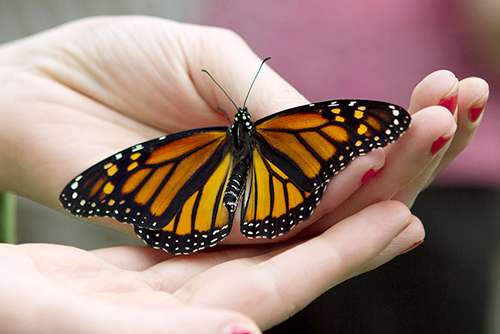Protecting Butterflies in a Changing World: Conservation Concerns
In the grand tapestry of life on Earth, butterflies are among the most enchanting creatures. Symbols of transformation and beauty, they play crucial roles in ecosystems, serving as pollinators and as indicators of environmental health. However, in a world rapidly changing due to human activities, butterflies face numerous threats that jeopardize their survival. The conservation of these delicate insects is not only about preserving biodiversity but also about safeguarding the ecological balance that sustains us all.
The Importance of Butterflies
Butterflies are more than just beautiful; they are vital components of ecosystems. As pollinators, they contribute to the reproduction of many plant species, including those that are important for human food sources and medicine. Their presence also indicates the health of an environment. A decline in butterfly populations can signal broader ecological issues, such as habitat loss, pollution, or climate change.
Threats to Butterflies
The challenges facing butterflies are numerous and complex. Habitat loss and fragmentation are among the most significant threats. As forests are cleared, wetlands drained, and natural landscapes converted into agricultural or urban areas, butterflies lose their homes and the plants they depend on for food and reproduction.
Climate change further exacerbates the situation. Shifts in temperature and weather patterns can disrupt the delicate timing of butterfly life cycles, misaligning them with the blooming periods of their host plants. Extreme weather events can also directly harm butterflies and their habitats.
Pollution, including air and water pollution and the use of pesticides and herbicides, poses another threat. These chemicals can kill butterflies directly or harm the plants they need to survive. Light pollution can also disorient migrating butterflies, leading them off course.
Conservation Efforts
The conservation of butterflies requires a multifaceted approach that addresses the various threats they face. Protecting and restoring habitats is crucial. This includes creating butterfly gardens, planting native species that serve as host plants for caterpillars and nectar sources for adults, and preserving natural areas.
Addressing climate change is also essential. Reducing greenhouse gas emissions and promoting sustainable practices can help mitigate the impacts of climate change on butterflies and other wildlife.
Public awareness and education play a vital role in conservation efforts. By learning about the importance of butterflies and the threats they face, individuals can make informed decisions that support conservation, such as supporting policies that protect natural habitats and reducing the use of harmful chemicals in gardens and farms.
Conclusion
Protecting butterflies in a changing world is a complex challenge that requires the collective efforts of governments, organizations, communities, and individuals. By taking action to preserve their habitats, combat climate change, and raise awareness, we can help ensure that butterflies continue to thrive and contribute to the health of our planet. The fate of butterflies is intertwined with our own, and their conservation is a testament to our commitment to preserving the natural world for future generations.

